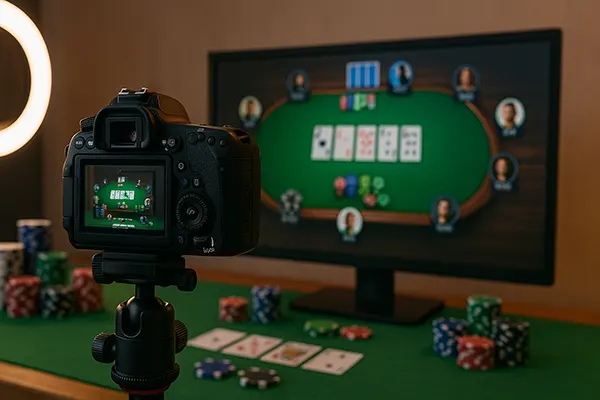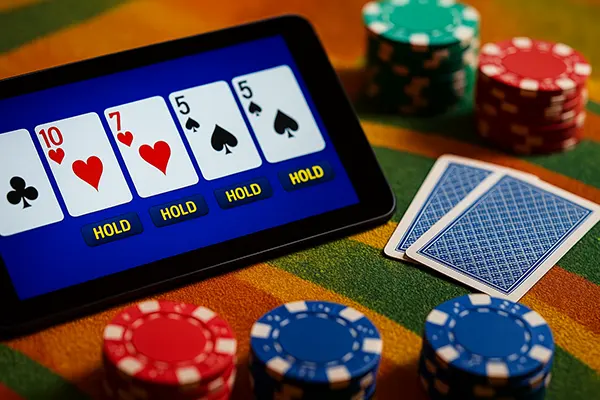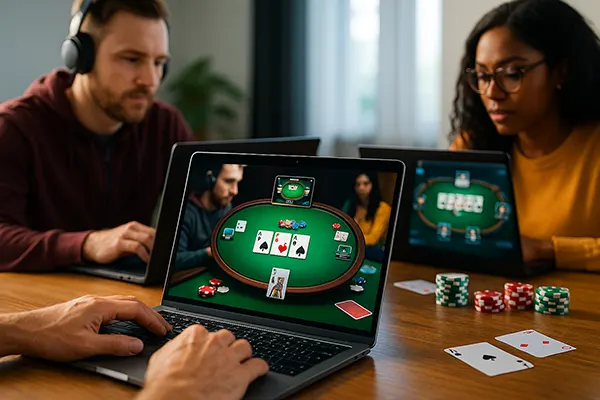
New Generations of Poker Players: Brand, Streaming and Social Media Strategies
In recent years, the poker world has undergone a significant transformation, driven by new generations of players who combine traditional card-playing skills with modern tools of personal branding, live streaming, and digital communication. These shifts have not only redefined how professionals engage with the game but have also changed the public perception of poker itself, making it more accessible, appealing, and dynamic. In this article, we delve into the core trends that shape the evolution of poker in 2025 and how the next wave of players is leaving their mark.
The Rise of Poker Influencers
Modern poker professionals are no longer just silent players at the table. Many are becoming digital content creators, engaging fans through regular Twitch or YouTube streams, vlogs, and social commentary. These players attract audiences by combining gameplay with storytelling, personal insights, and educational breakdowns of key hands, transforming their poker skills into entertainment value.
Influential figures like Lex Veldhuis and Benjamin Spragg have built massive audiences by showcasing both their winning streaks and difficult downswings. They present poker not as a purely elite game but as a mentally intense sport accessible to disciplined learners. Their transparency helps humanise the game and grow loyal followings.
In addition, micro-streamers and amateur players are joining the movement, providing alternative viewpoints and lower-stakes experiences. This has helped expand the reach of poker content, encouraging inclusivity and introducing newcomers to the community via approachable content formats.
Building a Personal Poker Brand
In 2025, having a distinct personal brand is almost as important as mastering poker theory. Whether through a catchy username, a signature style at the table, or regular community interaction, players aim to stand out and connect. This branding is essential for attracting sponsorships, joining elite teams, and participating in collaborative campaigns with poker rooms or betting sponsors.
Players now use branding strategies borrowed from eSports and digital marketing. They often collaborate with graphic designers, social media managers, and video editors to maintain a polished online presence. This allows them to target specific audiences, engage consistently, and present themselves as trustworthy figures in a competitive space.
Importantly, brand building also includes ethical components. Newer players are encouraged to promote responsible gambling messages, transparency in financial goals, and realistic portrayals of the poker lifestyle—especially amid growing scrutiny by digital regulators.
The Integration of Social Media Strategy
Social media is now a cornerstone of every successful poker player’s outreach strategy. Twitter (now X), Instagram, and TikTok are central tools used to amplify personal narratives, engage audiences between tournaments, and build two-way conversations with fans. Memes, polls, tournament updates, and live commentary are all part of this growing toolkit.
Moreover, social media has become a networking tool that enables players to connect with brands, journalists, and industry figures. Strategic hashtag usage, tagging sponsors, and publishing real-time tournament insights can significantly boost visibility and relevance, especially during international events.
For women and minority groups in poker, social media has served as a powerful equaliser. Influencers such as Vanessa Kade and Ebony Kenney have cultivated strong online communities, using their platforms to speak on inclusivity, mentorship, and safe spaces within the industry. This empowers a broader audience to see themselves represented in the game.
Content Creation as a Revenue Stream
Aside from branding, many modern players rely on content creation as a parallel income stream. Whether it’s through affiliate programmes, YouTube AdSense, Twitch subscriptions, or sponsored content, poker professionals are turning their digital identities into financial assets.
This shift is especially appealing to younger players who see poker not just as a game but as a component of a digital career. By diversifying income sources, they reduce reliance on variance-heavy tournament winnings and create more stable long-term earnings. Many now consider content creation as essential as studying the game itself.
Additionally, poker rooms and coaching platforms actively recruit creators who can demonstrate influence and content proficiency. This further fuels the incentive to invest in content, making it a competitive arena in its own right.

Technology and Data in the Hands of New Players
The new generation of players are not just leveraging social tools—they’re also embracing cutting-edge tech. From advanced HUDs (Heads-Up Displays) to tracking databases and solvers, younger professionals are integrating software-based analysis into every decision they make.
Poker players in 2025 are data-driven, often using post-session reviews with solver outputs to analyse leaks and missed opportunities. Such in-depth study routines mimic professional-level sports analytics, emphasising precision, discipline, and constant iteration.
Some even blend AI-based assistants for real-time advisory tools (in jurisdictions where this is permitted). While controversial in some formats, this reflects the increasing technological arms race within online poker and the demand for players to stay ahead of the curve.
The Future of Community and Collaboration
While poker remains an individual competition at its core, many rising stars are investing in team-based models and collaborative projects. Study groups, coaching collectives, and shared bankroll stables are gaining popularity, especially among Twitch communities and Discord circles.
Such collaboration accelerates learning and allows young players to share insights, support mental health, and maintain long-term motivation. These informal communities often produce top-tier talent that later competes at international WSOP or EPT events.
In the years to come, it’s likely we’ll see more formal institutions rise around these grassroots initiatives, bridging the gap between casual learning and professional excellence. Community-driven growth may become the most defining trait of poker’s evolution this decade.



